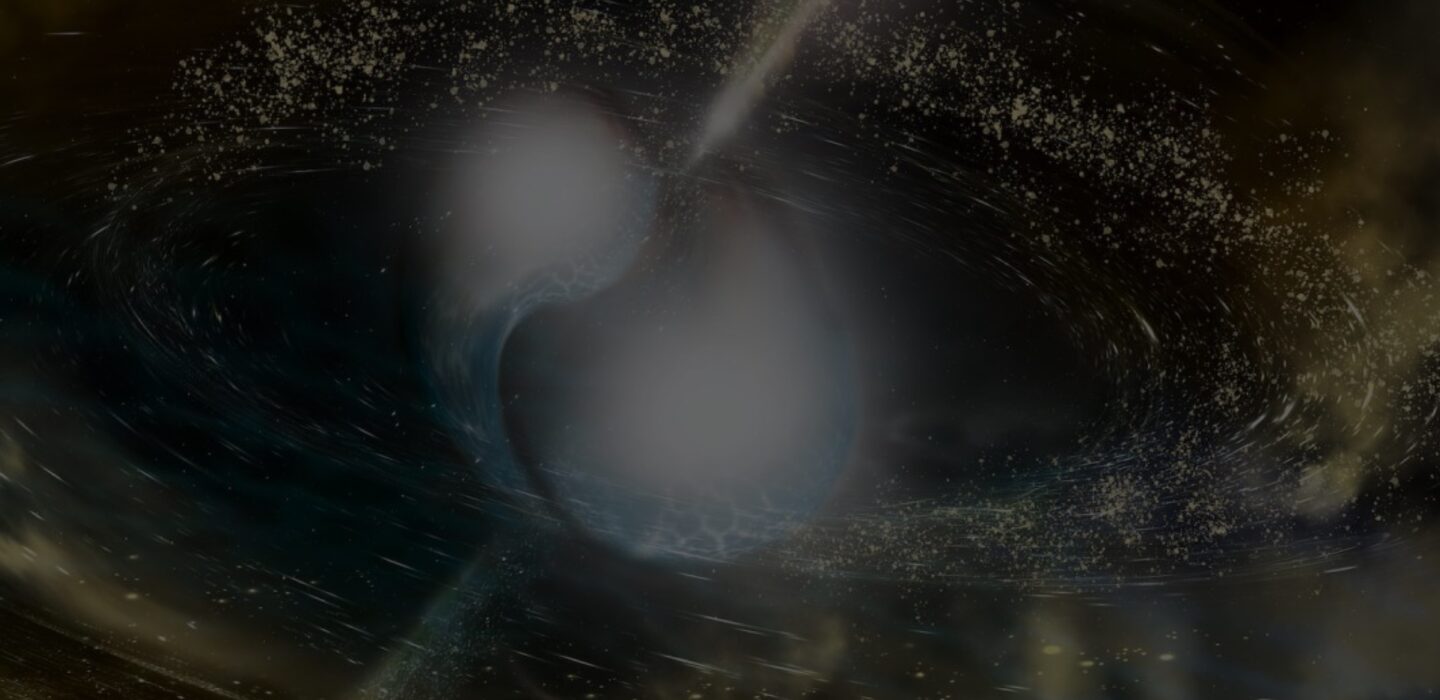Tiger Hsiao

Monday, March 3, 2025
3:00pm
Marlar lounge, in person & via zoom
Talk 1: Tiger Hsiao, 3:00pm - 3:30pm
First star clusters observed in the early universe with JWST and gravitational lensing
Understanding when, how, and why the first generation of stars and galaxies formed is crucial for revealing the early chapters of cosmic history. To reveal the first chapter of cosmic history and understand our cosmic origins, the JWST was developed. By combining the power of JWST with natural cosmic telescopes, gravitational lenses, we have studied early galaxies in exquisite detail down to individual star clusters, as small as 1 pc remarkably in both the Sunrise Arc (z~6.0) and the Cosmic Gems Arc (z~9.63). MACS0647-JD (z=10.17), the brightest z > 10 galaxy, is resolved into two distinct star clusters with radii 70 and 20 pc, plus another r ~ 20 pc companion 3 kpc away. We detect seven emission lines with NIRSpec, including the auroral line [OIII] 4363, plus Hα and [OIII]5007 with MIRI MRS. We present the most distant "direct" measurements of metallicity (~13% solar) and log(C/O) ~ -0.44 (~60% solar), as well as an estimate of the electron density n_e ~ 1000 / cm^3 based on resolved [OII]. Upcoming IFU observations of MACS0647-JD, the Cosmic Gems Arc, and the brightest z > 6 galaxy MACS0308-z6 will yield detailed properties of individual star clusters and their surrounding regions 500 Myr – 1 Gyr after the Big Bang.
Speaker
- Tiger Hsiao, JHU